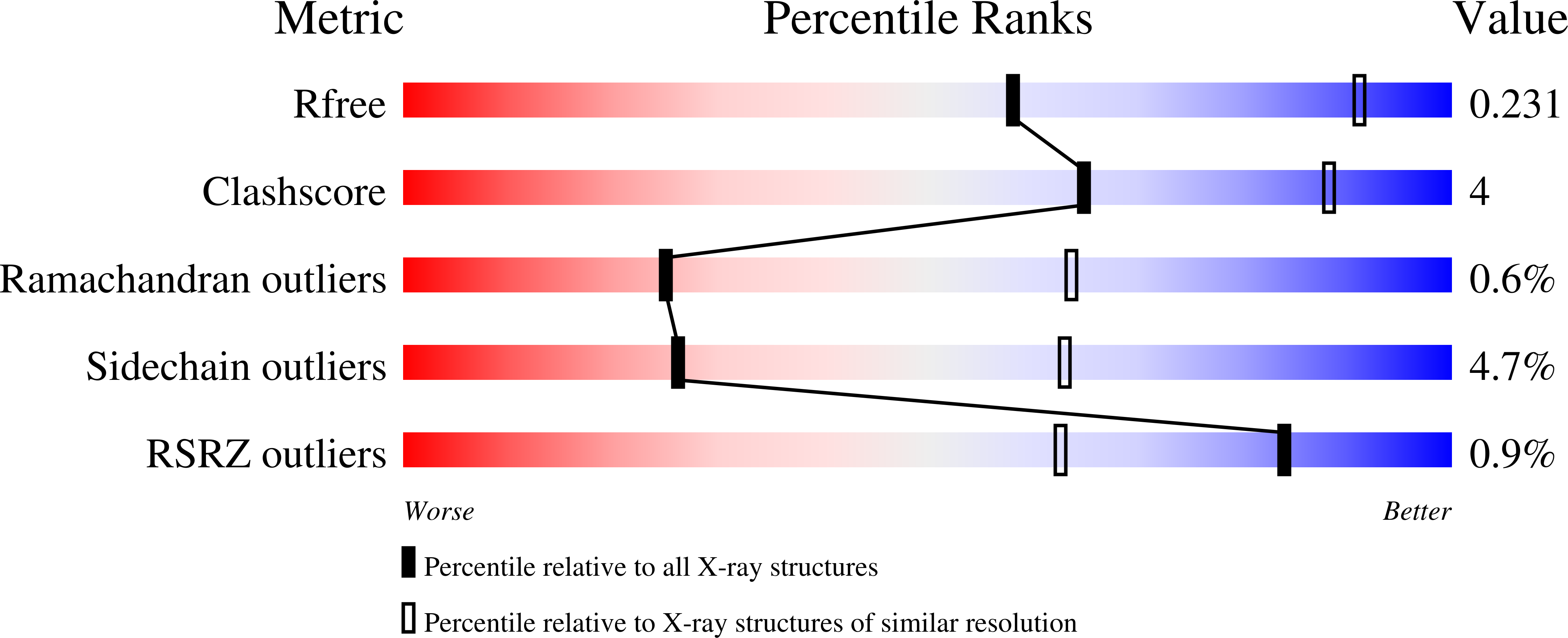
Deposition Date
2005-11-07
Release Date
2006-03-14
Last Version Date
2024-04-03
Entry Detail
PDB ID:
2EX3
Keywords:
Title:
Bacteriophage phi29 DNA polymerase bound to terminal protein
Biological Source:
Source Organism:
Bacillus phage phi29 (Taxon ID: 10756)
Host Organism:
Method Details:
Experimental Method:
Resolution:
3.00 Å
R-Value Free:
0.22
R-Value Work:
0.2
R-Value Observed:
0.20
Space Group:
C 1 2 1


